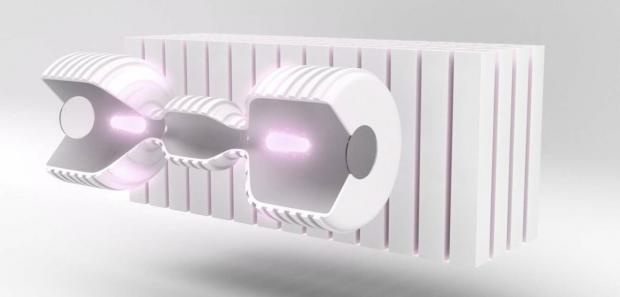
Breaking News
 Liminality: Truthstream Media's Lost History Film | Coming Fourth of July 2026
Liminality: Truthstream Media's Lost History Film | Coming Fourth of July 2026
 This Man Just Explained LA Riots PERFECTLY
This Man Just Explained LA Riots PERFECTLY
Top Tech News
 NVIDIA just announced the T5000 robot brain microprocessor that can power TERMINATORS
NVIDIA just announced the T5000 robot brain microprocessor that can power TERMINATORS
 Two-story family home was 3D-printed in just 18 hours
Two-story family home was 3D-printed in just 18 hours
 This Hypersonic Space Plane Will Fly From London to N.Y.C. in an Hour
This Hypersonic Space Plane Will Fly From London to N.Y.C. in an Hour
 Magnetic Fields Reshape the Movement of Sound Waves in a Stunning Discovery
Magnetic Fields Reshape the Movement of Sound Waves in a Stunning Discovery
 There are studies that have shown that there is a peptide that can completely regenerate nerves
There are studies that have shown that there is a peptide that can completely regenerate nerves
 Swedish startup unveils Starlink alternative - that Musk can't switch off
Swedish startup unveils Starlink alternative - that Musk can't switch off
 Video Games At 30,000 Feet? Starlink's Airline Rollout Is Making It Reality
Video Games At 30,000 Feet? Starlink's Airline Rollout Is Making It Reality
 Automating Pregnancy through Robot Surrogates
Automating Pregnancy through Robot Surrogates
 Grok 4 Vending Machine Win, Stealth Grok 4 coding Leading to Possible AGI with Grok 5
Grok 4 Vending Machine Win, Stealth Grok 4 coding Leading to Possible AGI with Grok 5
Helion Energy's next-gen fusion facility steps up pursuit of clean power

Startup Helion Energy has this week broken ground on a new facility that will become a crucial testbed for its own take on nuclear fusion, and it hopes a key stepping stone towards the first commercially-viable fusion power plant.
Both the complexity and untold potential of nuclear fusion make it a problem that researchers are tackling from all sorts of angles, all trying to harness a process that takes place inside the Sun. This means using intense heat and pressure to cause collisions between separate atoms that combine into larger ones, releasing tremendous amounts of energy in the process, along with zero emissions.
Donut-shaped reactors called tokamaks are considered the most viable vehicles to reproduce this process here on Earth, but there other avenues being explored, such as the twisting and turning stellarator design. Helion Energy is pursuing the technology through its own patented plasma accelerator, which uses deuterium and helium-3 fuels as the starting point.
Inside Helion Energy's device, these fuels are heated to extreme temperatures to form plasma, which is then magnetically confined into what the company calls a field reversed configuration (FRC). Two FRCs are formed at opposite ends of the accelerator, and are then smashed together at a speed of one million mph (1.6 million km/h) using magnets to create a spectacular collision in the center.
Here they are further compressed with powerful magnets and heated until they reach temperatures of 100 million °C (180 million °F), finally causing the deuterium and helium-3 to fuse together, forming an expanding plasma that pushes back on the magnetic field to induce a current that can be collected as electricity.

 Law n' Order
Law n' Order EMP and EMF-Free Vehicles
EMP and EMF-Free Vehicles HERE COMES THE MOTHERSHIP
HERE COMES THE MOTHERSHIP

